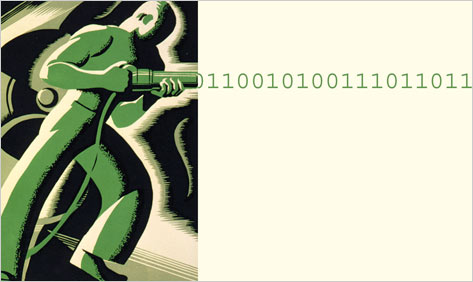
Thanks to digital technologies and networked activity, we’re living through a global transition that is redefining how culture and commerce operate. We’re presented with the opportunity to be active participants in this process, steering ourselves into new modes of civilization, verse being just passive spectators. But if we don’t understand the biases of the tools and mediums we’re using, we’ll risk being slaves instead of masters.
This is not the first time this has happened, but it may be the most significant one so far. Every media revolution has given the people a sneak peek of the control panel of civilization, and a chance to view the world through a new lens. When humans developed language, we were able to pass on knowledge and experiences, and allow for progress. We could both listen and speak.
 Here’s what most businesses do with their best customers: They take the money.
Here’s what most businesses do with their best customers: They take the money.
 We hate math.
We hate math. Seth Godin has it exactly right when he asks in a
Seth Godin has it exactly right when he asks in a